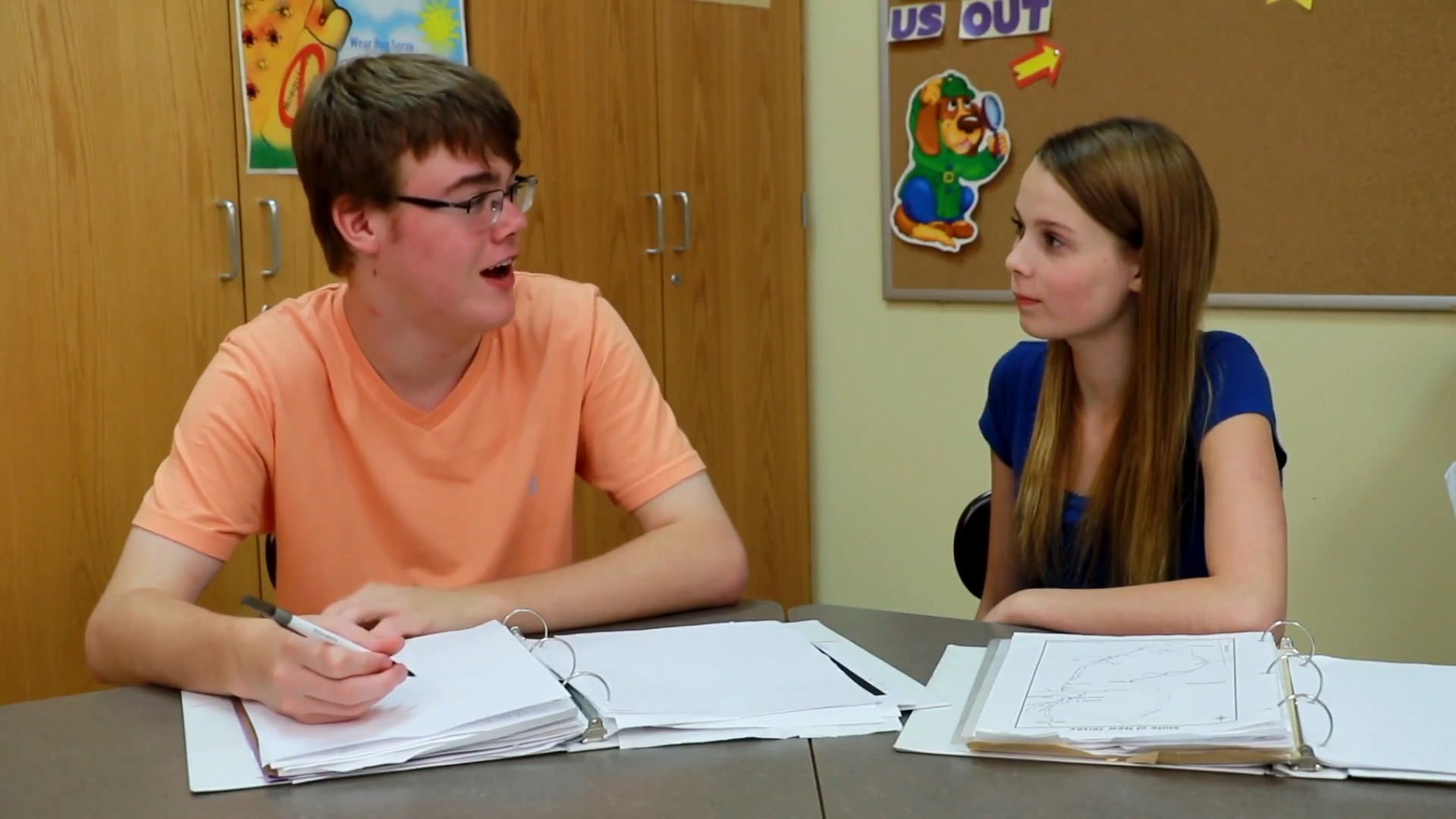
Introduction
Sarcasm can be a tricky concept for elementary students to grasp, as it involves saying something while meaning the opposite. Developing the ability to recognize and understand sarcasm is an important aspect of social-emotional learning, as it helps students navigate social interactions more effectively. In this blog post, we will explore a no-prep activity for teaching sarcasm recognition, followed by discussion questions, related skills, and resources for further learning.
No-Prep Activity: Sarcasm Detective
This engaging activity requires no preparation or materials and can be easily adapted to any classroom setting. The goal of the activity is for students to practice identifying sarcasm by listening to tone of voice, analyzing the words used, and observing facial expressions.
- Divide the class into small groups or pairs.
- Ask one student in each group to think of a statement that can be said in both a sarcastic and non-sarcastic manner.
- Have the student say the statement in a sarcastic way, while the other students in the group try to identify the clues that indicate sarcasm. These clues may include a change in tone of voice, stressed words, or facial expressions.
- After the group identifies the sarcasm, have the student say the statement in a non-sarcastic way. This will help students understand the difference between the two.
- Repeat the process with different students and statements, allowing everyone to have a turn at being the “sarcasm detective.”
Discussion Questions
- Why do you think people use sarcasm? Can you think of situations where it might be appropriate or inappropriate?
- How does understanding sarcasm help us communicate better with others?
- What are some challenges you faced when trying to identify sarcasm during the activity? How can you improve your skills in recognizing sarcasm?
- How do you feel when someone uses sarcasm towards you? How can you respond to sarcasm in a positive way?
- Why is it important to consider the context and the relationship between the speakers when determining if a statement is sarcastic?
Related Skills
Understanding sarcasm is just one aspect of effective communication and social-emotional learning. Other related skills that can help students navigate social situations include:
- Empathy: The ability to understand and share the feelings of others.
- Active Listening: Paying close attention to what someone is saying and responding appropriately.
- Nonverbal Communication: Interpreting body language, facial expressions, and gestures to better understand the feelings and intentions of others.
- Assertiveness: Expressing one’s own feelings and needs in a respectful and confident manner.
Next Steps
If you’re looking for more resources to support your students’ social-emotional learning, we invite you to explore the free sample materials available on our website. These resources cover a wide range of topics, including communication, emotions, social awareness, and more. By incorporating these materials into your classroom, you can help your students develop the skills they need to thrive in their social interactions and relationships.

